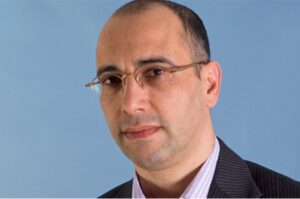Shoulder & Elbow
Shoulder & elbow joints are crucial for rotating, bending, reaching and flexing arms. But, repetitive movements common to some occupations and sports, over-stresses the joint, causing fractures, instability, tendon
tears and other disorders that may impede its movement.
Your shoulder is among the most complex and largest joints of the body. It has humerus that fits the shoulder blade (scapula) through the acromion, projecting off the scapula, the collarbone meets the acromion,
forming the acromioclavicular joint.
The muscles and tendons that surround the shoulder blade are known as the rotator cuff, which supports movement and function. Bursa safeguards the tendons, so any damage to the bursa will result in shoulder joint
problems.
The elbow is a form of a hinged joint, connecting humerus with the forearm bones. It is cushioned by cartilage, ensuring bones are able to glide without any complications.
Any pain or discomfort, originating at the shoulder & elbow can affect the entire region. Some of the common conditions that occur at this joint are:
- Collar bone Fracture
- Frozen Shoulder
- Shoulder Arthritis
- Joints instability
- Bursitis
- Rotator Cuff Injury




